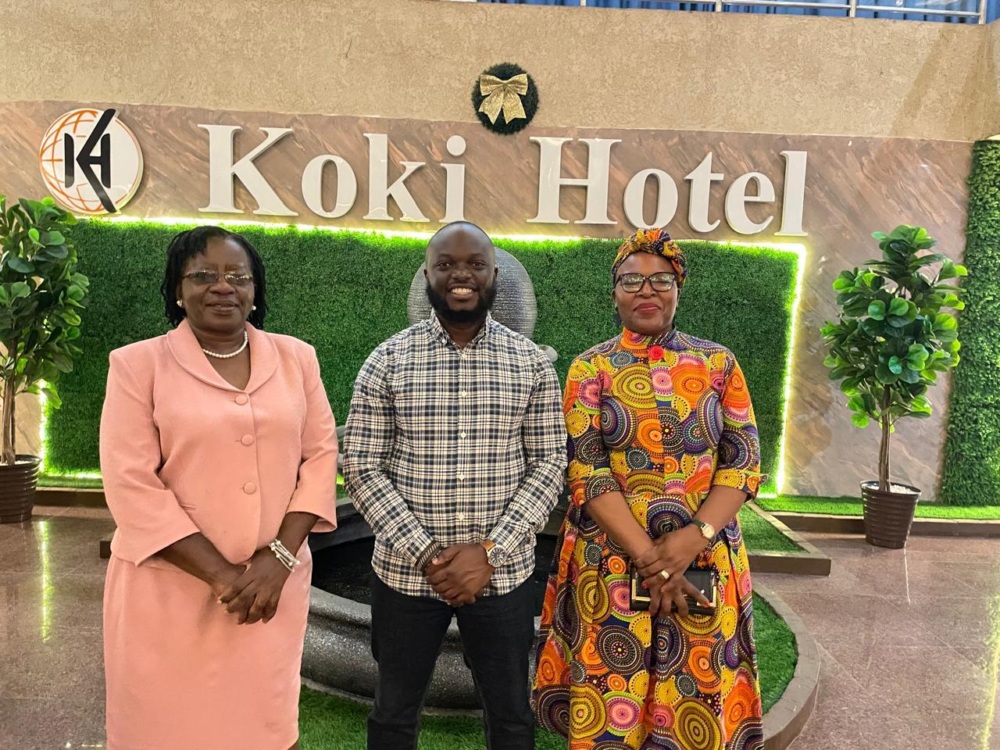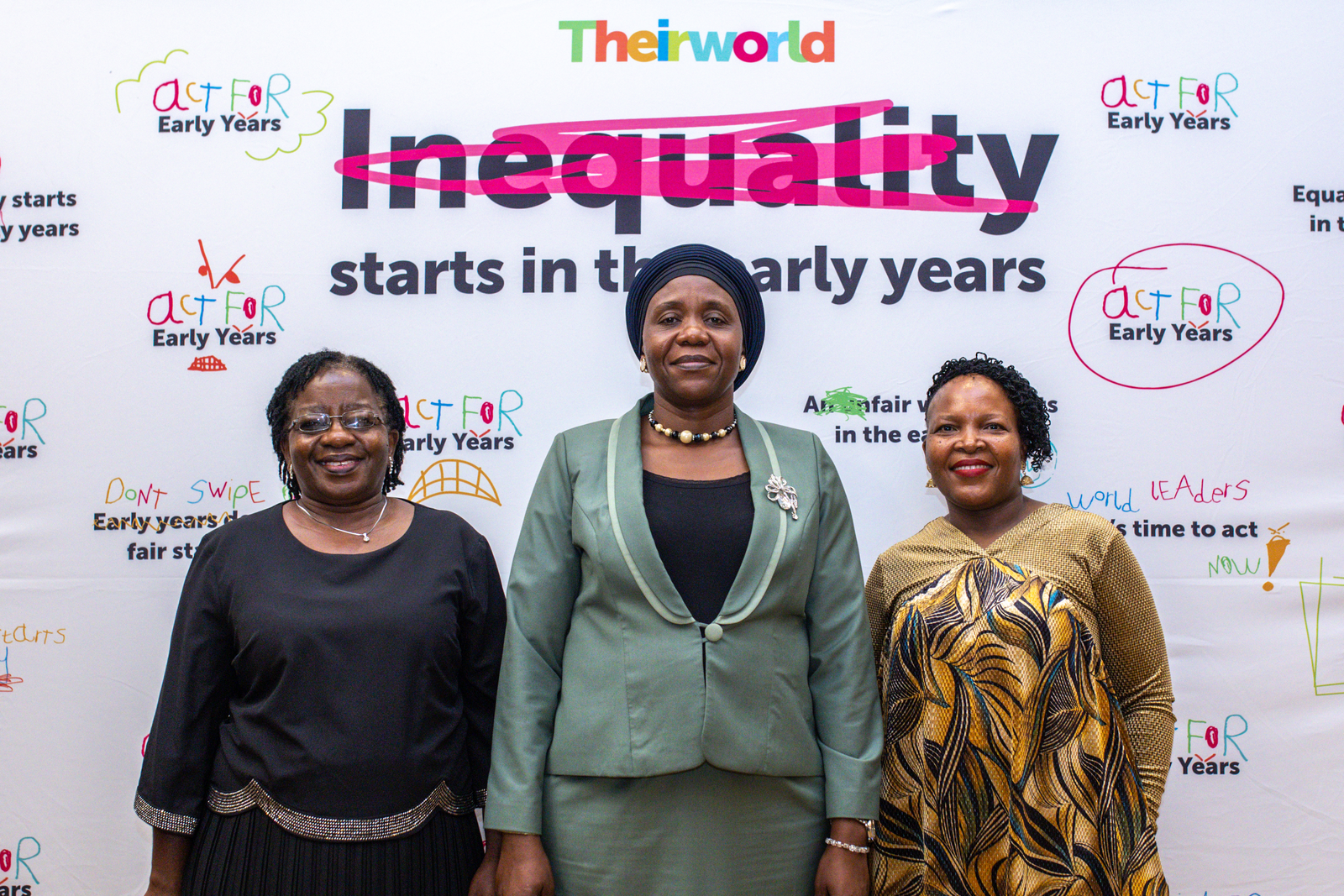
“I knew I was different growing up – now I am an advocate for invisible disability”
Children with disabilities, Global Youth Ambassadors
Ahead of International Day of Persons with Disabilities, a Global Youth Ambassador explains how her diagnosis came after she left school.
Monday, December 3 is International Day of Persons with Disabilities and I would like to tell you about my invisible disability.
Growing up, I always knew that I was different. Many of my friends called me lazy. Handwriting was my worst subject in primary school.
I was often ridiculed for having poor handwriting by my teachers, classmates and my parents. This affected my grades. Teachers could not understand why an intelligent child with a promising future received poor marks in written exams.
I was unable to play sports. Whenever I tried any sport, I would either end up in last place or hurt myself from falling or being hit with the ball because I couldn’t catch it.
This had a significant impact on my self-esteem. I often asked myself why I was not like my friends. Whenever it was time for team sports, no one chose me. I was left on the sidelines watching my classmates as they had fun.
At 28 years old, I was eventually diagnosed with Ehlers Danlos Syndrome (EDS), a connective tissue disorder characterised by joint hypermobility (joints that stretch further than normal), skin hyperextensibility (skin that can be stretched further than normal) and tissue fragility amongst other complications.
After my diagnosis, I researched EDS and, for the first time ever, I finally understood why I have always had bad handwriting and struggled at sports.
Because of the joint hypermobility in my fingers, holding a pen or pencil is difficult for me – hence the scribbling of notes.
However, thanks to technology, I no longer have to handwrite since I can type my notes using a laptop or computer and have my work printed.
Using technology I was able to attain Bachelor’s and Masters degrees. At university I typed all my coursework before submitting it to lecturers for marking.
As for being poor at sports, I accepted my limits and focused on my school work. Now, I have a good job as a research coordinator which allows me to use my strengths.
Ehlers Danlos Syndrome is a rare condition with no cure. There is limited knowledge among medical personnel which leads to misdiagnosis.
Symptoms, however, can be managed through preventive care to minimise damage. Most patients with EDS appear normal – therefore it is difficult to distinguish those who have the condition from people who don’t.
As an advocate for invisible disability, my goal is to raise awareness about EDS globally so that the needs of EDSers can be put into consideration by schools, workplaces and other organisations to improve accessibility for people with disabilities.
More news

